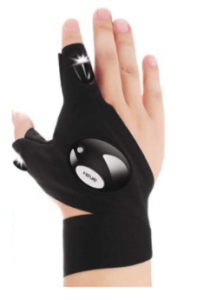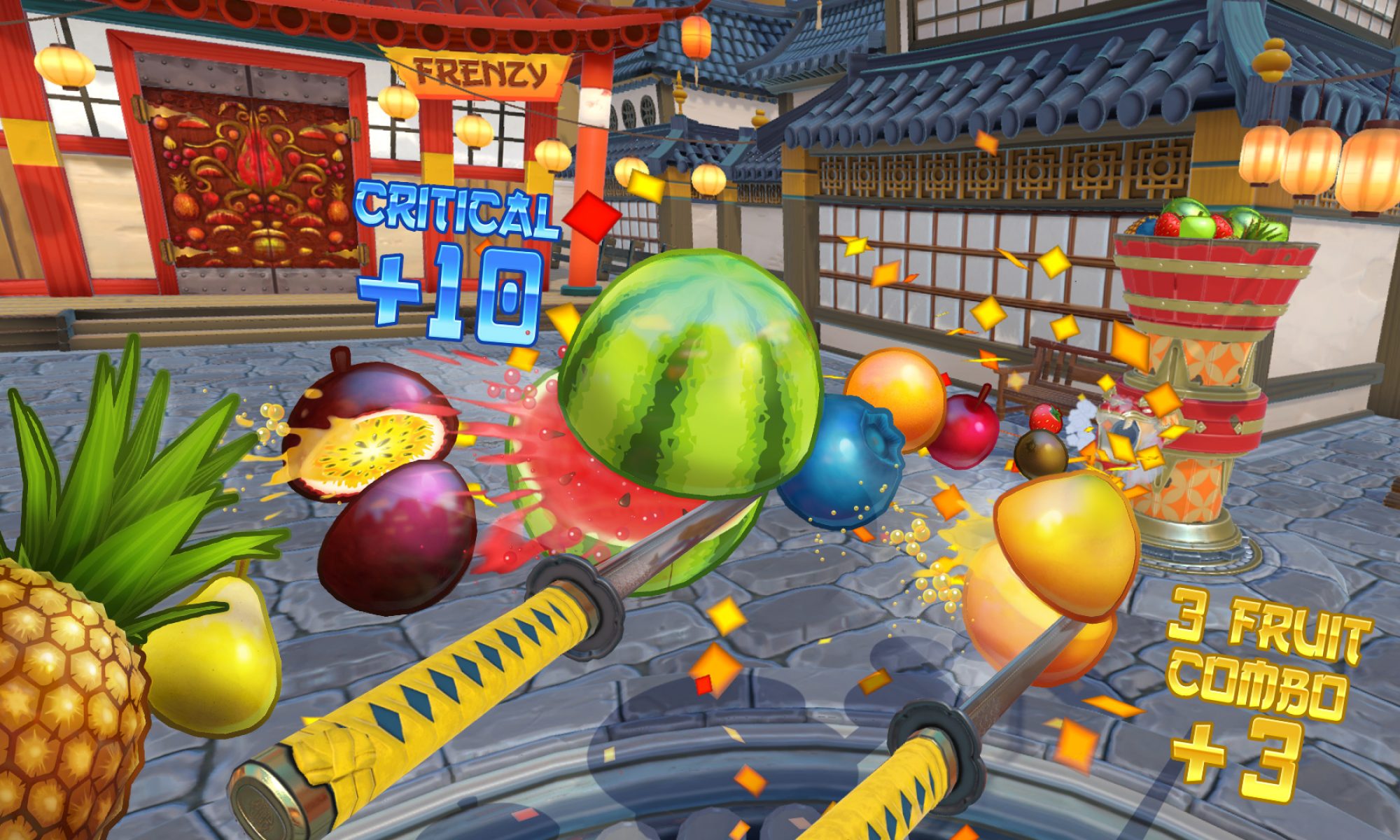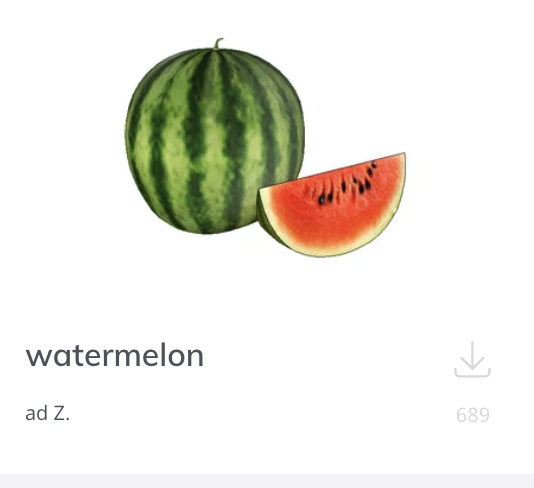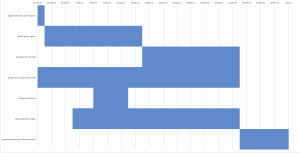Fruit Ninja AR
For our project, we would like to implement the game Fruit Ninja in Augmented Reality with a glove controller. The traditional game is played on a tablet where the user needs to cut the fruits by swiping on a screen and avoid the bombs as they appear. Fruits that are cut earn the player points, while missed fruits make the player lose 1 life and cutting a bomb is an instant game-over. Multiple fruits go in an arc motion across the screen, and several fruits can be cut at the same time for combos.


What are our design goals?
The glove that we are going to build for this project needs to be wireless for optimized mobility. This glove represents the sword, which is the user input for this game: this is how the player can cut fruits. Translating the 2D Fruit Ninja environment to a 3D Augmented Reality game is our primary software focus.
Why this project is unique?
The game is traditionally in a 2D environment, even the VR versions of the game that have risen. The 3D designs of the fruits, bombs, and the sword combined with our unique glove controller will make this project distinctive.





